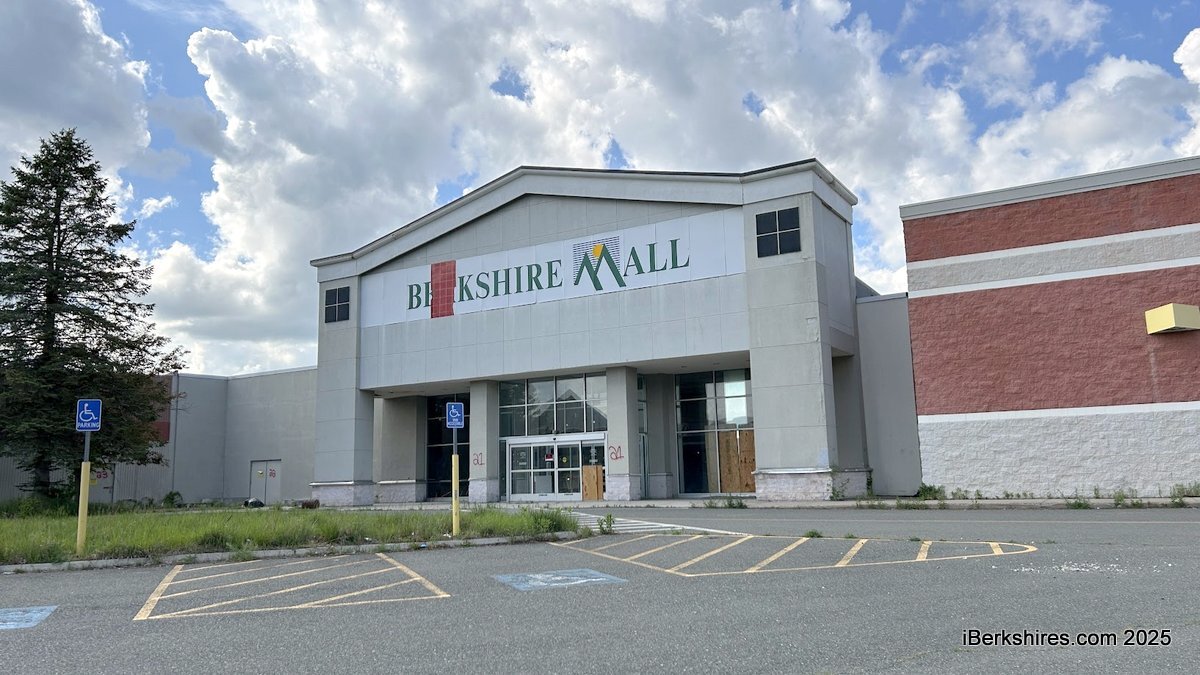
The Berkshire Mall – Nestled in the scenic Berkshire region of western Massachusetts, The Berkshire Mall has long served as a commercial and social hub for the surrounding communities. For decades, it offered not just a destination for shopping, but a space where families gathered, teenagers met up after school, and local traditions were cultivated. The history of The Berkshire Mall is not just about retail it’s about evolution, resilience, and a reflection of American consumer culture.
The Berkshire Mall was conceived in the late 1980s during the height of America’s suburban retail boom. Designed as an enclosed shopping center that could draw traffic from Pittsfield, Lanesborough, North Adams, and nearby towns, the mall opened its doors to the public in 1988. Located conveniently off Route 8, it capitalized on easy access and scenic views, offering residents of Berkshire County an all-in-one retail destination without needing to travel to larger urban centers.
From the beginning, The Berkshire Mall was envision as a key player in the economic development of Lanesborough. Local officials and developers hoped it would provide job opportunities, increase municipal revenue, and solidify the town’s role in the region’s commercial map.
Also Read : Fun & Profitable: Exploring the Business Potential of Indoor Playgrounds in Malls
Upon its opening, the mall featured major anchor tenants including Sears, JCPenney, Filene’s, and Hills Department Store (which would later become Ames). These household names brought foot traffic and excitement. Smaller specialty retailers filled the concourses offering everything from fashion and electronics to toys and books. Food courts bustled, seasonal kiosks thrived, and moviegoers packed the Berkshire Mall Cinema on weekends.
Throughout the 1990s and early 2000s the Berkshire Mall History experienced its golden era. It wasn’t just a place to shop it was the epicenter of community life. Families lined up for Santa visits in December, teenagers spent their weekends exploring new releases at FYE, and parents caught up over coffee while their children played in designated areas. For locals, the mall became a familiar backdrop to everyday memories.
Like many regional malls across America, The Berkshire Mall faced its share of challenges as online shopping and big-box retailers began to reshape the retail landscape. The closure of Hills/Ames in the early 2000s was the first major blow, followed by the loss of Filene’s in 2006 after its acquisition by Macy’s. While Macy’s temporarily filled the void, the departure of other anchors in subsequent years marked the beginning of a long decline.
By the mid-2010s, store vacancies became increasingly visible. National brands were replaced with local shops or left empty altogether. The food court, once a lively centerpiece, saw fewer tenants and less foot traffic. Despite several changes in ownership and multiple revitalization attempts including introducing new tenants and hosting community events the mall struggled to keep pace with changing consumer behavior.
In 2017, Sears closed its doors, and shortly after, Macy’s followed. These losses significantly impacted the mall’s viability. JCPenney, once a cornerstone, shuttered in 2019. With three of its main anchors gone and limited foot traffic, the Berkshire Mall increasingly became a shadow of its former self.
Read More : Escape the Crowds with These Tranquil Beaches Off the Beaten Path
Despite its economic decline, the emotional footprint of The Berkshire Mall remains strong. For many residents, the mall represents a bygone era of local connection, simpler times, and shared memories. Social media pages dedicated to “Remembering The Berkshire Mall” are filled with nostalgic photos, stories, and tributes.
Local officials and residents alike have expressed hopes for repurposing the site in ways that can once again benefit the community. Some have suggested mixed-use redevelopment, while others envision a lifestyle center combining retail, housing, and public spaces.
Though The Berkshire Mall may no longer buzz with the energy it once did history is not necessarily over. Around the country, many declining malls have found second lives through adaptive reuse transforming into medical centers, educational campuses, or housing developments.
With its strategic location and spacious infrastructure, The Berkshire Mall holds the potential for reinvention. Whether that involves becoming a cultural center, tech hub, or hybrid commercial-residential space, the future could see the mall reimagined for a new generation.
As retail trends continue to shift and communities seek to reconnect post-pandemic, perhaps The Berkshire Mall just like the county it calls home can evolve once more, carrying with it not only the echoes of its past but the promise of something new.